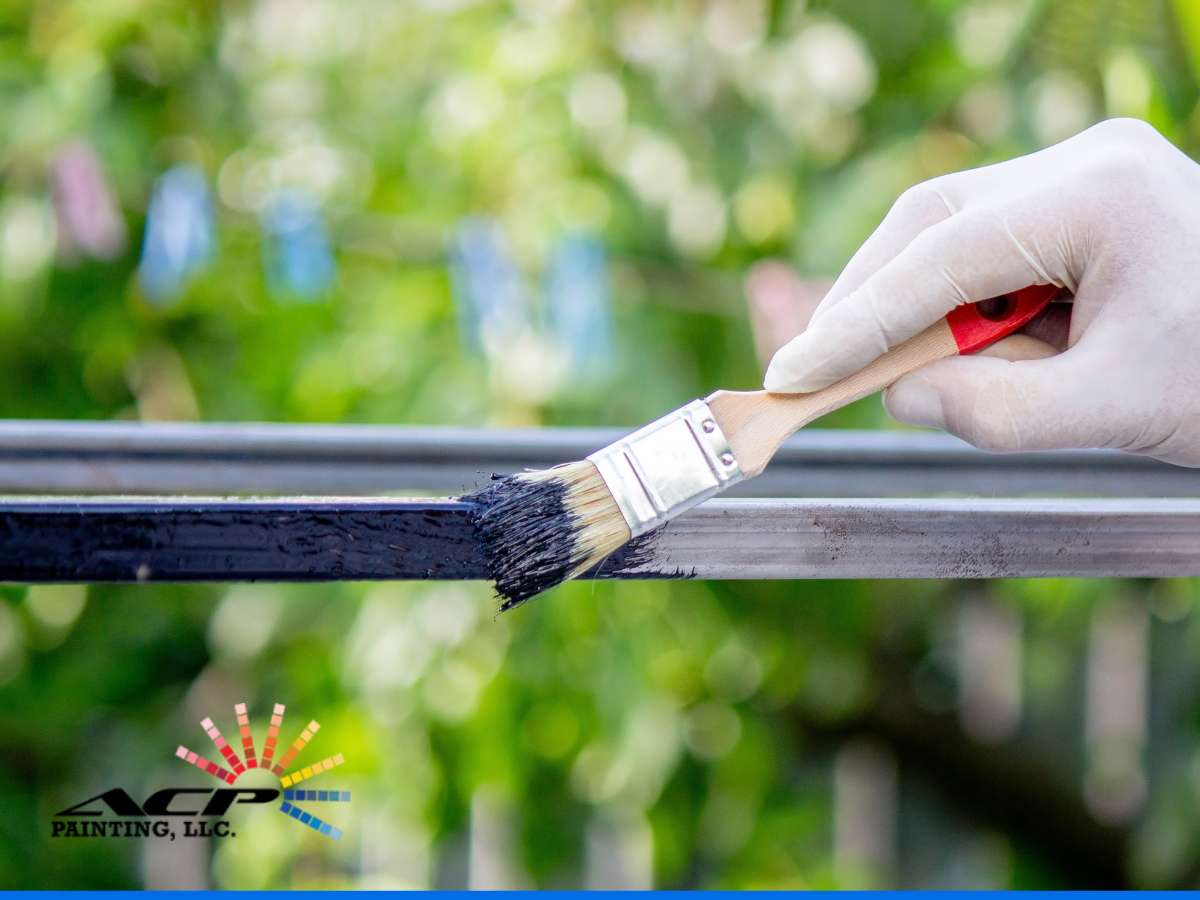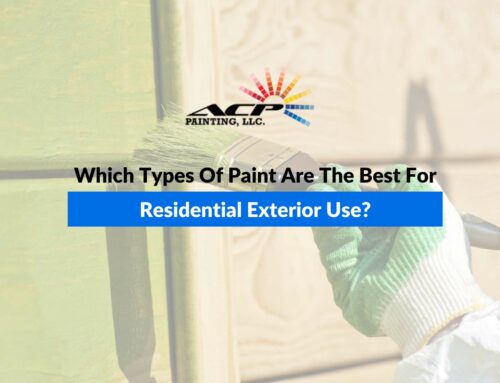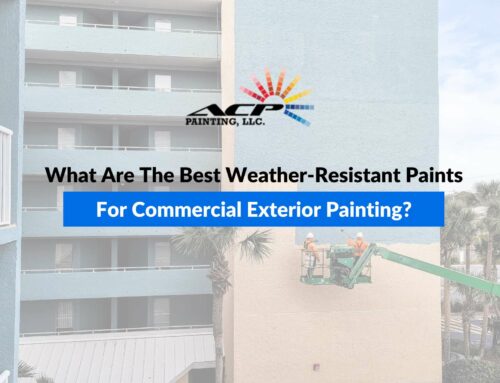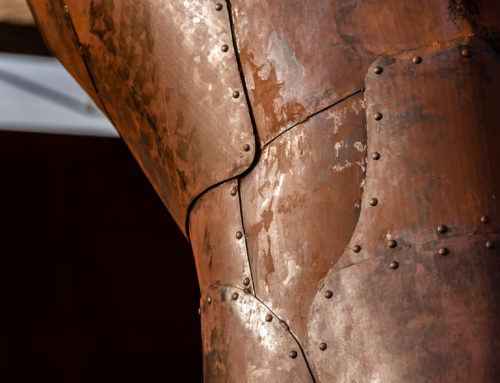Enhancing Metal Durability: Is Metal Painting The Answer To Corrosion?
The battle against corrosion is a constant challenge for metal structures. We understand the concerns of homeowners and businesses alike, especially in a place like Arizona, where the elements can be relentless. That’s why we’re here to explore the remarkable benefits of metal painting.
Whether you’re a homeowner looking to preserve a wrought iron fence or a business owner concerned about the durability of your commercial building, our trusted Maricopa painting contractors are ready to help!
So, let’s roll up our sleeves and dive into protective coatings and corrosion resistance to help you safeguard your valuable investments.

Corrosion 101: Understanding The Enemy Of Metal Structures
Let’s talk about corrosion first.
Corrosion happens when metals react with oxygen. Some metals, like aluminum, only change a little on the surface when they react with oxygen. But with many other metals, especially those containing iron, things can get worse.
You’ve probably seen rusty metal before – iron reacting with oxygen. Rust can flake off, and when it does, it exposes fresh metal to more oxygen, making the rusting process go on until the metal turns into a bunch of rust.
However, some types of steel don’t rust as easily because they have special ingredients like chromium and nickel mixed in.
Now, in wet places, there’s another type of corrosion called galvanic corrosion. It’s like when two different metals are connected and react because of it. This often happens in seawater.
The seawater acts like an electrical connection, causing one metal (the anode) to corrode quickly while the other (the cathode) stays safe from corrosion.
So, that’s the basic idea of corrosion. Now let’s focus on prevention to experienced contractors. according
How To Prevent Corrosion
- Shield from Oxygen: One effective way to prevent corrosion is to block oxygen from reaching the metal’s surface. Since corrosion often occurs when metals react with oxygen, keeping it away can help preserve the metal’s integrity.
- Surface Chemistry Modification: Altering the surface chemistry of the metal can limit oxidation. By changing the surface, you can reduce the likelihood of corrosion.
- Isolate Alloys: You can isolate or insulate connections between various alloys to prevent galvanic corrosion. This separation stops them from causing each other to corrode.
- Use Sacrificial Metals: An alternative approach is to use sacrificial metals. These sacrificial metals are intentionally introduced to corrode and protect the primary metal from damage.
Exploring Metal Coatings: More Than Just Paint
Paint is the first thing that usually comes to mind when thinking about safeguarding metal surfaces. However, there are other effective options worth considering: powder coating, galvanizing, and plating.
In metal fabrication, paint is typically applied through two methods: spraying and electro-deposition (e-coat). Spraying involves using a nozzle and a fair amount of solvents, while e-coat immerses the metal in a special solution.
Both techniques require the expertise of professional painters to guarantee the best results. Especially because they rely on a delicate process that includes a thorough cleaning of the metal.
As for powder coating, it’s quite similar to spray painting but with epoxy particles. After coating, the structure is baked in an oven to melt the powder slightly, resulting in a smooth, protective layer.
Whether you opt for paint or powder coating, you can choose from a wide range of colors, although unique shades may come with additional costs. Both of these coatings offer years of reliable protection against corrosion. However, over time, moisture in the atmosphere can find its way through the coating, particularly with repeated temperature changes, causing the metal beneath to oxidize and rust.
Now, let’s talk about galvanizing. This time-tested steel treatment involves dipping the steel into liquid zinc, forming a bright, spangled layer on the surface. In action, this zinc layer acts as a sacrificial shield, corroding instead of steel, which is why galvanizing has stood the test of time.
Lastly, there’s plating, which is an electrochemical process where a thin layer of corrosion-resistant metal is applied to the structure’s surface. While chrome and copper were once common choices for plating, they have fallen out of favor due to health and environmental concerns and more stringent regulations.
Reach out to professional painters if you’re looking for expert guidance on choosing the right coating.
A Longlasting Result With Metal Painting
Metal paint can indeed prevent corrosion and significantly increase the lifespan of metal structures by creating a protective barrier and inhibiting rust formation.
Moreover, metal paint can also enhance the appearance of metal structures.
To make the most of this corrosion prevention method, it’s advisable to consult with professional painters or contractors who can provide expert advice and quality painting services tailored to your specific needs.
Contact Maricopa’s Leading Professional Painters For a Smooth Process
It’s essential to trust the expertise of professional painting companies like ACP Painting to ensure the most effective protection for your metal surfaces. Our skilled professionals understand the intricacies of metal painting, ensuring that your structures are not only well-protected but also visually appealing.
Don’t wait until corrosion takes a toll on your metal assets. Take proactive steps to preserve their integrity and extend their lifespan by partnering with ACP Painting today. Contact us for a free quote!

ACP Painting, LLC.
20987 N John Wayne Pkwy
Maricopa, AZ 85139
Phone: 480-785-6323



